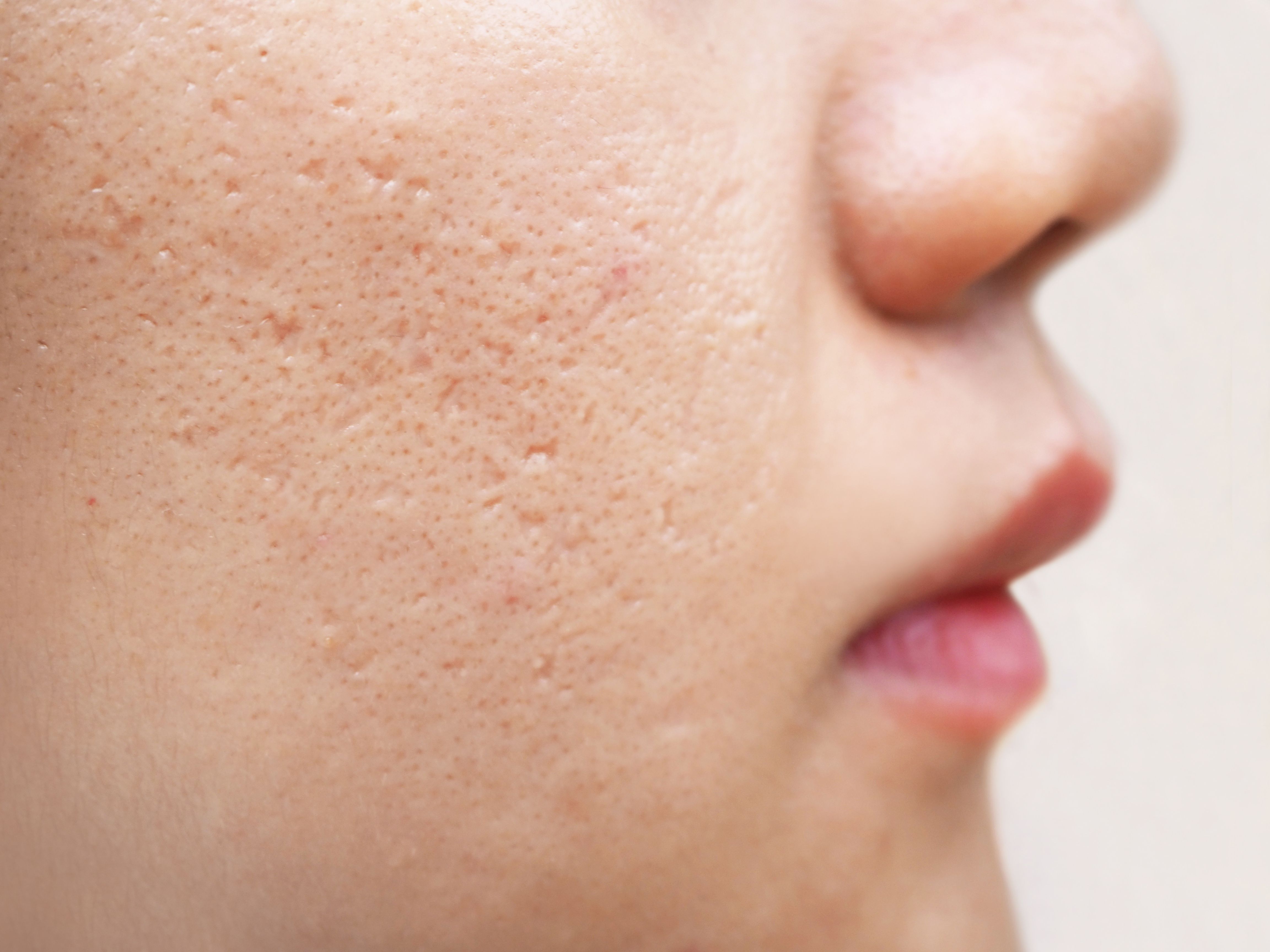- Acne
- Actinic Keratosis
- Aesthetics
- Alopecia
- Atopic Dermatitis
- Buy-and-Bill
- COVID-19
- Case-Based Roundtable
- Chronic Hand Eczema
- Chronic Spontaneous Urticaria
- Drug Watch
- Eczema
- General Dermatology
- Hidradenitis Suppurativa
- Melasma
- NP and PA
- Pediatric Dermatology
- Pigmentary Disorders
- Practice Management
- Precision Medicine and Biologics
- Prurigo Nodularis
- Psoriasis
- Psoriatic Arthritis
- Rare Disease
- Rosacea
- Skin Cancer
- Vitiligo
- Wound Care
News
Article
Benzene in Benzoyl Peroxide at Room Temperature: What Comes Next?
Key Takeaways
- 34% of BPO products tested exceeded the FDA's benzene limit, highlighting safety concerns in acne treatments.
- UV radiation accelerates benzene formation in BPO products, necessitating awareness of storage conditions.
Christopher Bunick, MD, PhD, reviews the latest findings on benzene in benzoyl peroxide, highlighting the importance of proper storage and patient safety.
“If you're going to continue to use benzoyl peroxide-containing products, then what I'm doing is asking patients to store their benzoyl peroxide-containing product in the refrigerator. I think it's a very simple method to minimize the decomposition of the benzoyl peroxide and mitigate the levels of benzene,” said Christopher Bunick, MD, PhD.
In a recent interview with Dermatology Times, Bunick discussed the significance of the second published study investigating benzene levels in benzoyl peroxide (BPO) acne products at room temperature. Bunick, associate professor of dermatology and translational biomedicine at the Yale University School of Medicine in New Haven, Connecticut, and Dermatology Times’ 2024 Winter Editor in Chief, is one of the study authors of the most recent publication in the Journal of Investigative Dermatology.1
The new data shows that 111 BPO acne products tested from major retail stores in several US states developed elevated levels of benzene when tested at room temperature. Overall, 34% of the products, equivalent to 38 products, contained benzene levels above the FDA's 2 parts per million (ppm) limit, with concentrations ranging from 0.16 ppm to 35.30 ppm. Although the FDA conditionally “allows” 2 parts per million of benzene in drug products, there is no defined safe level of benzene.
In his discussion, Bunick addressed that the latest research focuses on room temperature testing to emphasize that BPO products may already break down into benzene without increased temperatures that may be encountered during transportation or storage.
Bunick’s Key Takeaways:
Benzene in BPO Products: The study analyzed 111 over-the-counter BPO products at room temperature and found that 34% contained benzene levels exceeding the FDA’s conditional limit of 2 ppm. This emphasizes the importance of product selection and safety monitoring when recommending over-the-counter acne treatments.
Impact of UV Light on Benzene Formation: While heat has long been recognized as a factor in BPO degradation, this study identified UV radiation as another significant trigger, accelerating the conversion of BPO into benzene even faster than heat. Clinicians should be aware of this when counseling patients about proper product storage and usage, especially in environments exposed to sunlight.
Refrigeration as a Mitigating Factor: The encapsulated BPO product (Epsolay) did not prevent benzene formation at high temperatures, but refrigeration effectively slowed or eliminated benzene production. This suggests that recommending patients store BPO products in cool environments, such as a refrigerator, could preserve the product's efficacy and reduce benzene exposure.
For dermatology clinicians, these findings emphasize the importance of discussing storage practices with patients, especially for long-term use, and potentially advising regular replacement of BPO products to maintain treatment efficacy and minimize benzene formation.
Reference
- Kucera K, Zenzola N, Hudspeth A, et al. Evaluation of benzene presence and formation in benzoyl peroxide drug products. J Invest Dermatol. October 7, 2024. https://www.jidonline.org/article/S0022-202X(24)02155-9/fulltext
Newsletter
Like what you’re reading? Subscribe to Dermatology Times for weekly updates on therapies, innovations, and real-world practice tips.











